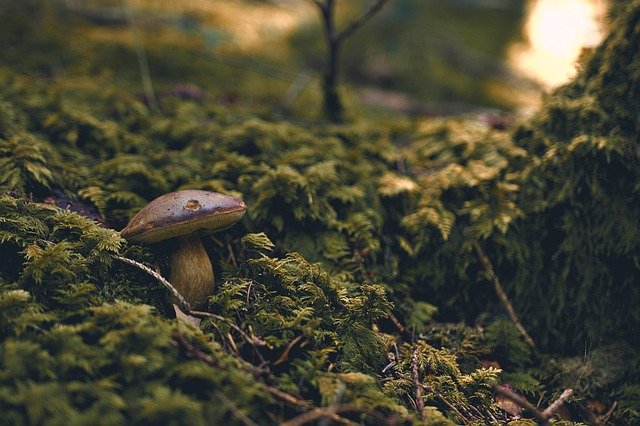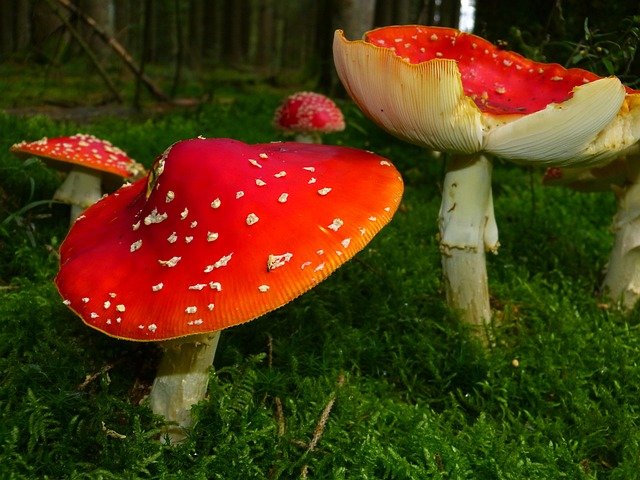**Title: "The Evolution of Storytelling in Video Games

The Secret Lives of Urban Wildlife
Urban areas are often seen as concrete jungles, bustling with human activity and devoid of nature. However, beneath the surface, a vibrant world of wildlife thrives in the shadows of skyscrapers and bustling streets. In this post, we’ll explore the fascinating lives of urban wildlife and how they adapt to their surroundings.
The Resilience of Urban Animals
Urban wildlife has shown remarkable adaptability. Species such as raccoons, coyotes, and pigeons have found ways to coexist with humans, often thriving in environments that might seem inhospitable. Here are a few examples:
Raccoons: The Urban Foragers
Raccoons are often seen rummaging through trash cans in search of food. Their dexterous paws and keen intelligence allow them to adapt to urban life. They have learned to navigate human structures, using them to their advantage.
Coyotes: The City Wanderers
Once primarily found in rural areas, coyotes have increasingly made their homes in cities. They are skilled hunters and can thrive on small mammals, birds, and even human food scraps. Their presence in urban areas has sparked discussions about wildlife management and coexistence.
Pigeons: The Sky Dwellers
Pigeons, often regarded as pests, are incredibly resourceful. They have adapted to urban environments by nesting on buildings and feeding on discarded food. Their ability to thrive in cities has made them one of the most recognizable urban wildlife species.
The Importance of Urban Wildlife
Urban wildlife plays a crucial role in maintaining ecological balance. Here are some reasons why their presence is vital:
- Biodiversity: Urban wildlife contributes to the overall biodiversity of an area, providing essential ecosystem services such as pest control and pollination.
- Education: Observing urban wildlife can educate communities about nature and the importance of conservation.
- Mental Health: Interactions with nature, even in urban settings, can improve mental well-being and promote a sense of connection to the environment.
How to Support Urban Wildlife
We can all play a part in supporting urban wildlife. Here are some simple steps you can take:
- Create Wildlife-Friendly Spaces: Plant native flowers and shrubs in your garden to attract pollinators and provide shelter.
- Reduce Litter: Properly dispose of trash to minimize food sources for wildlife that can lead to conflicts.
- Educate Others: Share information about urban wildlife with your community to foster understanding and appreciation.
Conclusion
The secret lives of urban wildlife remind us that nature is resilient and adaptable. By recognizing and supporting these creatures, we can create a harmonious coexistence that benefits both wildlife and humans. So next time you spot a raccoon or hear the call of a coyote, take a moment to appreciate the incredible lives they lead right in our midst.
Feel free to share your thoughts or experiences with urban wildlife in the comments below! 🦝🌆

All images are taken from the Pixabay.com